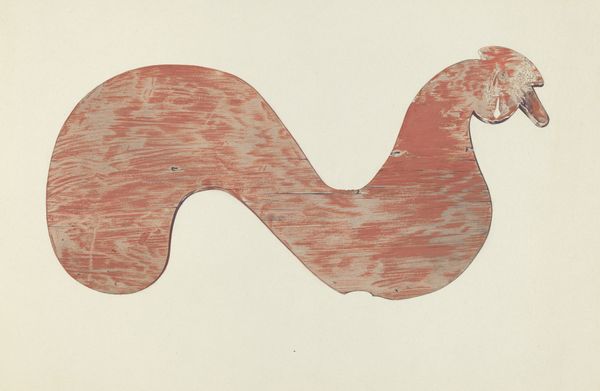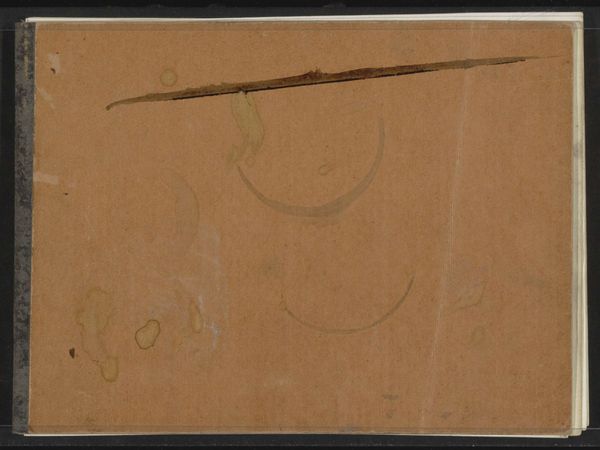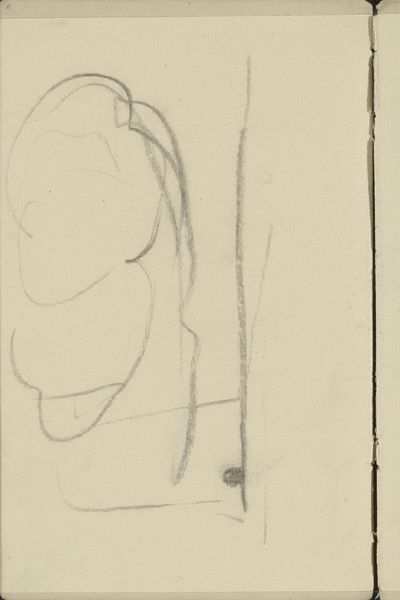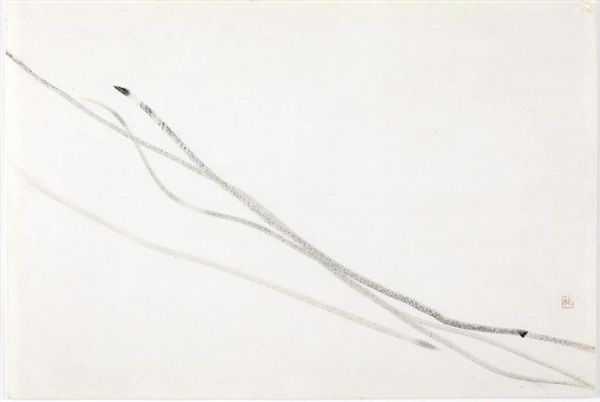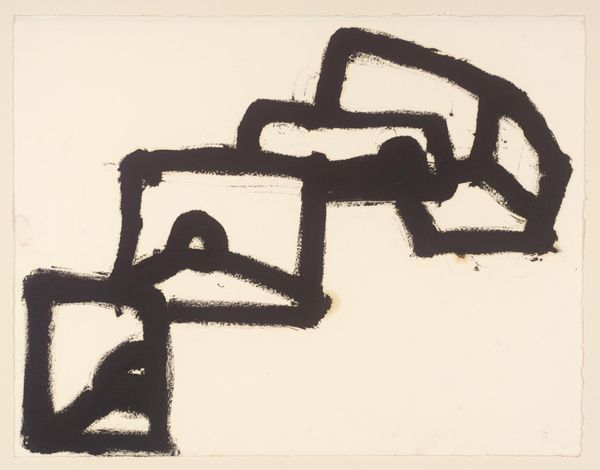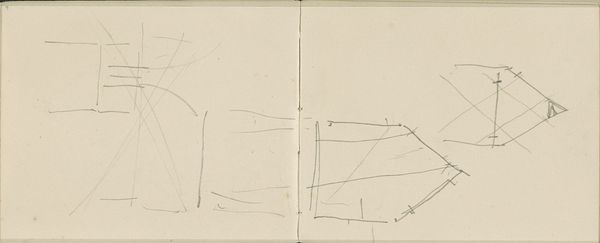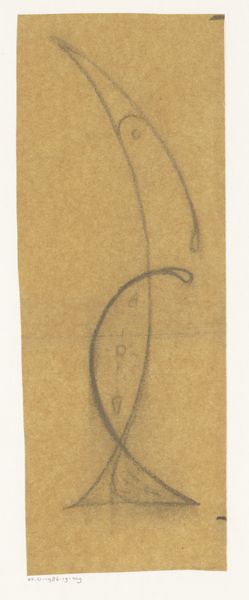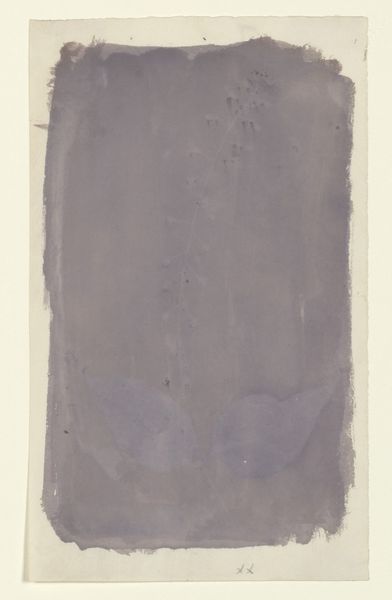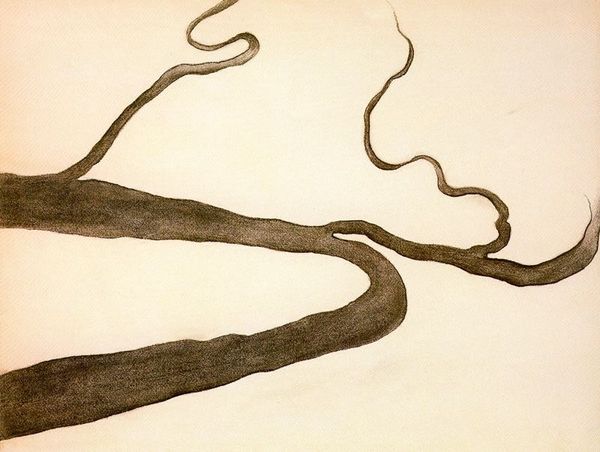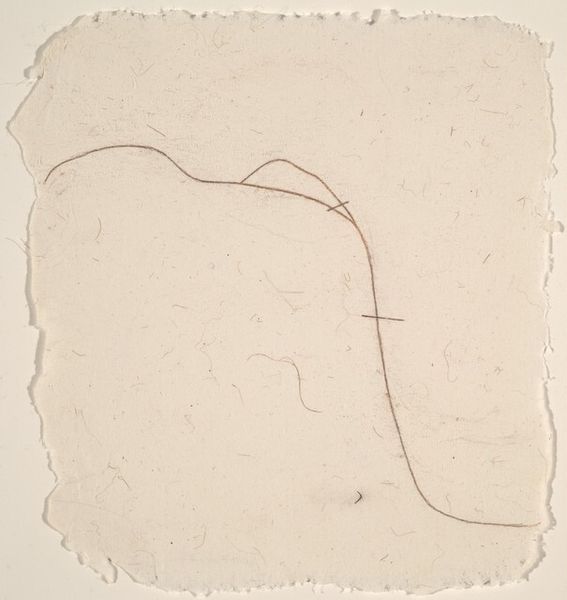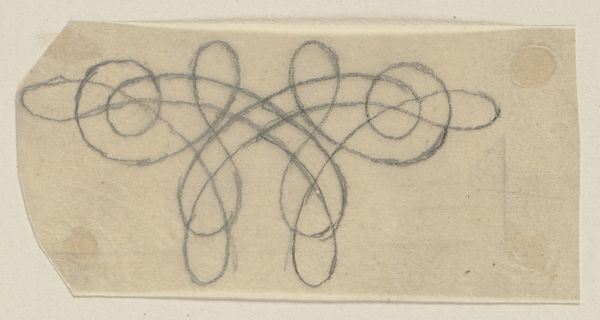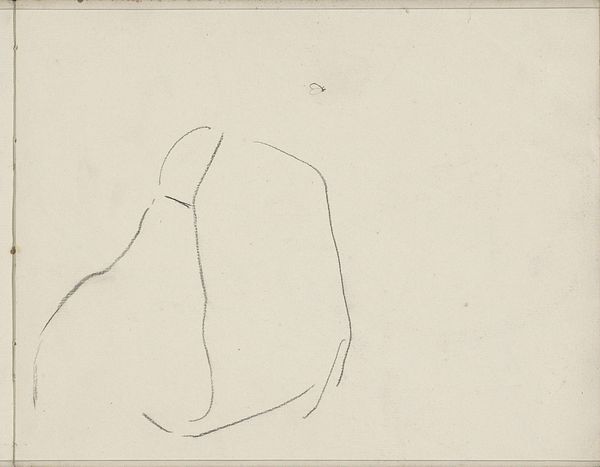
Album met prenten naar ontwerp van Maarten van Heemskerck en anderen c. 1555 - 1580
0:00
0:00
mixed-media, collage, paper
#
mixed-media
#
collage
#
paper
#
form
#
abstraction
#
line
Dimensions: height 280 mm, width 350 mm, thickness 52 mm, width 720 mm
Copyright: Rijks Museum: Open Domain
Curator: This work, residing here at the Rijksmuseum, is titled "Album met prenten naar ontwerp van Maarten van Heemskerck en anderen." Dating roughly from 1555 to 1580, it presents a fascinating mixed-media approach—a collage constructed primarily of paper. Editor: Immediately, I see something quite radical for its time—a departure from strict representation toward abstraction. Those green lines, are they ribbons? They feel playful, almost rebellious against the heavily ornate art of the period. Curator: Exactly. It is understood that Philips Galle was the key artist. This piece exists within a pivotal moment. Albums of prints at this time became ways for artists to disseminate ideas, moving away from singular, commissioned artworks to a broader market. The ability to compile prints from various artists in one album enabled a dialog on form. Editor: It makes me wonder about the context in which these albums circulated. Who were the buyers? Were these accessible to women artists, offering alternative perspectives? This era saw considerable artistic patronage influenced by wealthy merchants and the church. Could this sort of playful composition serve as subtle protest to conservative elements within society? Curator: That's a valid reading, yet difficult to definitively prove. What we can state is the form of line. While Renaissance art strove to represent realistic forms, this album seems to revel in the mere suggestion of form. The beauty resides in the curve of the green against the white paper, or the shadows that may be formed, as if these elements can have lives on their own. The distribution network through prints enabled further life. Editor: True, there is such powerful emphasis on materiality here. The fraying ends of the green strips draw your eye—revealing an almost tangible history through physical imperfection. Do you think there is a story with color and accessibility? A potential dialogue with marginalized people, especially artists of color? Curator: It certainly brings an element of contemporary accessibility that echoes through the centuries. While direct parallels may be tricky, we may assume a message with simpler compositions that did not rely upon a complex art background. Editor: Thank you for illuminating the importance of form as theme within the cultural history of art, rather than just something aesthetic and easily dismissible. Curator: My pleasure. Examining these pieces shows the rich narratives hidden within their formal decisions.
Comments
No comments
Be the first to comment and join the conversation on the ultimate creative platform.

